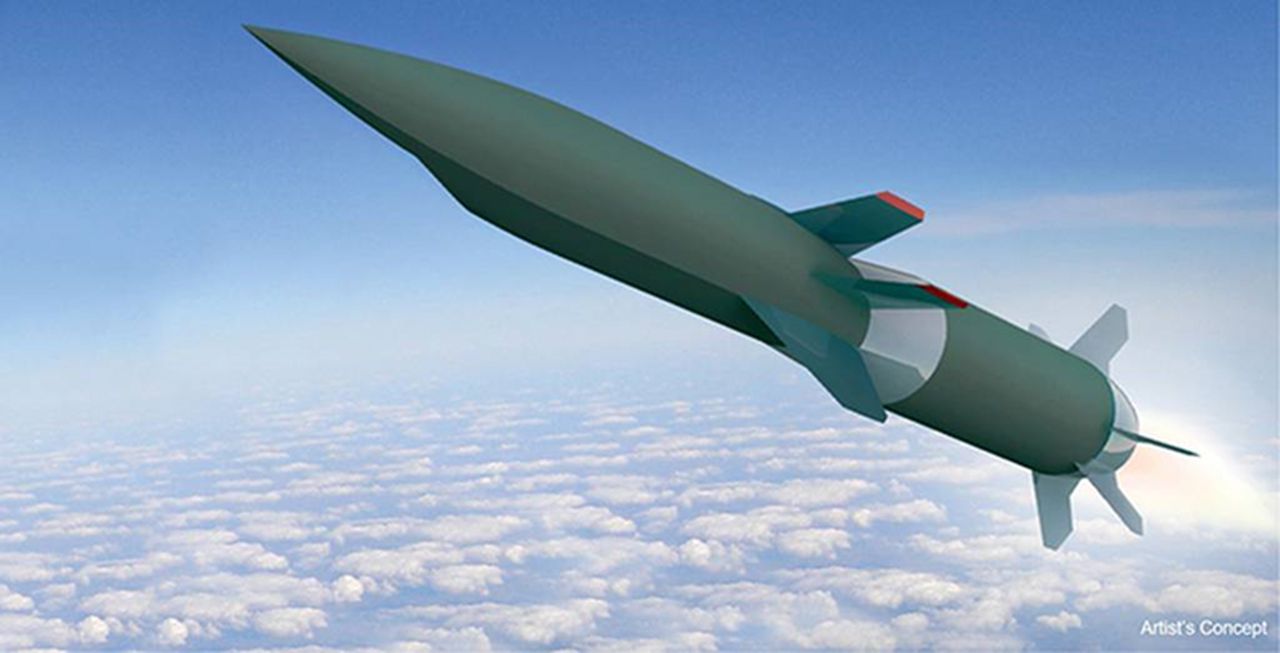
Charles R. Goulding and Preeti Sulibhavi discuss how 3D printing advancements are aiding the US and its allies in addressing conflicts by enabling rapid and innovative production of military equipment.
The world finds itself with two major conflicts where the US and its allies need to supply large volumes of conventional weapons that haven’t been stockpiled.
3D printing technology has made great advancements since these conventional weapons were originally designed and produced.
Keith DeVries, Deputy Director of the Office of the Secretary of Defense’s Manufacturing Technology Program, said in a Defense News webcast in September 2023 that additive manufacturing has made great strides in the last few years and opened up novel possibilities for creating new weapons and components.
Additive manufacturing has particularly been a valuable resource when designing new systems, DeVries added, allowing programs to quickly create complex components than traditional manufacturing processes would normally permit.
Over time, advancements in 3D printing have evolved from producing objects with delicate polymers to utilizing materials possessing greater tensile strength. According to DeVries, contemporary manufacturing methods now involve the use of high-entropy metals, renowned for their exceptional strength and durability. This process employs lasers to melt metals withstanding high temperatures, enabling the fabrication of intricate shapes. These attributes are crucial for the production of military ammunition and equipment.
Israel vs Hamas
The Iron Dome, or Kippat Barzel in Hebrew, is widely regarded as one of the most important tools in Israel’s arsenal. The mobile all-weather defense system is designed to protect Israeli citizens by launching guided missiles to intercept incoming rockets in mid-air.
It is understood that Israel needs to reinforce the Rafael Iron Dome. The Iron Dome was first placed in service in 2011. And, while it has successfully prevented countless rockets from hitting innocent civilians, the technology is outdated in terms of 3D printing advancements in the past 12 years or so.
Raphael Advanced Defense Systems, home to the Iron Dome family of multi-mission defense systems, collaborated with HENSOLDT Sensors GmbH of Germany in June 2023. While this partnership was to provide cutting-edge solutions focused on the modular SPICE 250 ER (Extended Range) system, HENSOLDT has 3D printing expertise. In fact, in recent years, HENSOLDT has been collaborating with Nano Dimension to provide specialized electronic solutions for the defense industry. Nano Dimension is known for its 3D printing of electronics, and HENSOLDT seeks ways to manufacture products and components with integrated functionality, which involves a variety of sensors and miniaturization of modularity in design.

Ukraine vs Russia
The war in Ukraine has been a battle that has utilized 3D printers for military support. To deploy equipment, such as 3D printers, to Ukraine for systems integration, procurement, sourcing, freight forwarding, mission support, and program management, is no easy task. To keep supply chains open, Essentium has partnered with KVG, a logistics company specializing in the aforementioned system integration tasks, to deploy a number of Essentium’s HSE systems to the frontlines in Ukraine. Essentium believes that the 3D printers will improve Ukraine’s defense response capabilities in real time because of the rapid production of diverse mission-critical parts and equipment in the field.
NATO has even introduced a fund to invest in global startups focused on defense technologies.
The Navy has been putting a particular emphasis on 3D printing metal technology for submarines. We have covered these developments previously in multiple General Dynamics and Electric Boat articles.
When it comes to the Ukraine and Israel conflicts one can rest assured that U.S. submarines are part of the mission. For obvious security reasons, their involvement is not going to be pinpointed.
The US Army, Navy, Air Force, Marines and Department of Defense (DOD) are working on advanced technology 3D printing innovation. Moreover, they are communicating about 3D printing technology developments with each other which enhances and accelerates 3D printing innovation. Likewise, the entire military supply chain is incorporating more 3D printing technology into their design and production processes.
The Research & Development Tax Credit
The now permanent Research and Development (R&D) Tax Credit is available for companies developing new or improved products, processes and/or software.
3D printing can help boost a company’s R&D Tax Credits. Wages for technical employees creating, testing and revising 3D printed prototypes can be included as a percentage of eligible time spent for the R&D Tax Credit. Similarly, when used as a method of improving a process, time spent integrating 3D printing hardware and software counts as an eligible activity. Lastly, when used for modeling and preproduction, the costs of filaments consumed during the development process may also be recovered.
Whether it is used for creating and testing prototypes or for final production, 3D printing is a great indicator that R&D Credit eligible activities are taking place. Companies implementing this technology at any point should consider taking advantage of R&D Tax Credits.
Conclusion
With two wars raging and geopolitical instability rising in China, Russia and Iran, the importance of technology in these situations should not be ignored. In fact, these global events should spur the 3D printing industry to become actively involved in advancing current armaments and military equipment.
منبع: https://www.fabbaloo.com/news/3d-printing-revolution-in-defense-enhancing-weaponry-in-two-global-conflicts